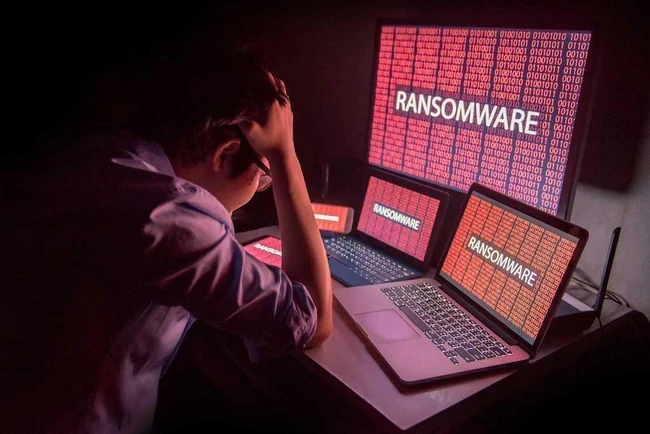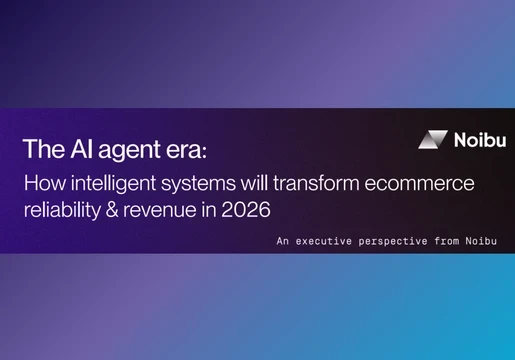
Ransomware first emerged in 2012, but has been around in one form or another for quite some time since way back when.
Ransomware is a type of malicious software that generally uses a pop-up of some description on your computer in order to block access unless you make a payment, or “ransom”.
A lot of ransomware can be dismissed without too much trouble, but more advanced forms can encrypt individual files on a victim’s computer, making them inaccessible.
Generally speaking, ransomware seems to trouble victims more than other types of malware because whereas other malware just causes wanton disruption generally, ransomware seems highly personal because it directly threatens the user and feels like a hold-up.
It can be infuriating for that reason alone, but the destruction that ransomware causes can cost a lot of money to deal with.
The largest ransomware attack of 2017 was said to be NotPetya. The US blames Russia for almost everything these days so it was not surprising that they blamed Russia for NotPetya too.
Whoever was the culprit, White House spokeswoman Sarah Sanders said NotPetya had “spread worldwide, causing billions of dollars in damage across Europe, Asia and the Americas”, according to Reuters.
Sanders laid into Russia a bit more: “It was part of the Kremlin’s ongoing effort to destabilise Ukraine and demonstrates ever more clearly Russia’s involvement in the ongoing conflict.
“This was also a reckless and indiscriminate cyber attack that will be met with international consequences.”
It may well have been Russia, or it could have been the US, or China, or some country in Europe, or even the stone-faced hackers of Easter Island. We have no idea.
But NotPetya wasn’t the only large-scale ransomware attack in 2017. Others were WaanaCry, Locky, CrySis, Numacod, Jaff, Spora, Cerber, Cryptonix, and Jigsaw.
Those are plucked from a list of top 10 “nastiest” ransomware attacks of last year, as compiled by WebRoot.com.
But rather than worry about where the ransomware originated, what’s probably much more important to the average enterprise is how to deal with ransomware with the minimum amount of disruption to everyday business activities.
To try and help in this area, EM360º has put together a list of companies you could turn to for advice and practical solutions.
Most IT companies can probably help with ransomware, but below are those who have made supporting companies with ransomware problems a special priority.







Comments ( 0 )